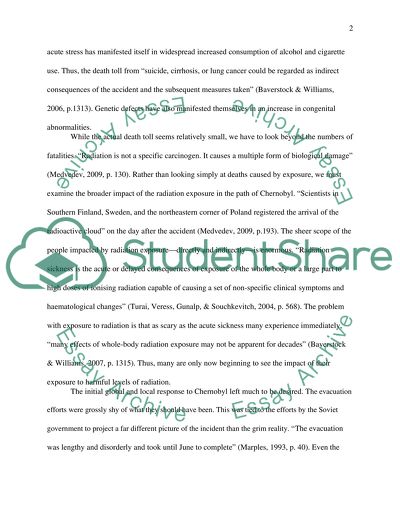Cite this document
(“The Health Effects of the Chernobyl Disaster and the Response of Research Paper”, n.d.)
Retrieved from https://studentshare.org/sociology/1426614-the-health-effects-of-the-chernobyl-disaster-and
Retrieved from https://studentshare.org/sociology/1426614-the-health-effects-of-the-chernobyl-disaster-and
(The Health Effects of the Chernobyl Disaster and the Response of Research Paper)
https://studentshare.org/sociology/1426614-the-health-effects-of-the-chernobyl-disaster-and.
https://studentshare.org/sociology/1426614-the-health-effects-of-the-chernobyl-disaster-and.
“The Health Effects of the Chernobyl Disaster and the Response of Research Paper”, n.d. https://studentshare.org/sociology/1426614-the-health-effects-of-the-chernobyl-disaster-and.


